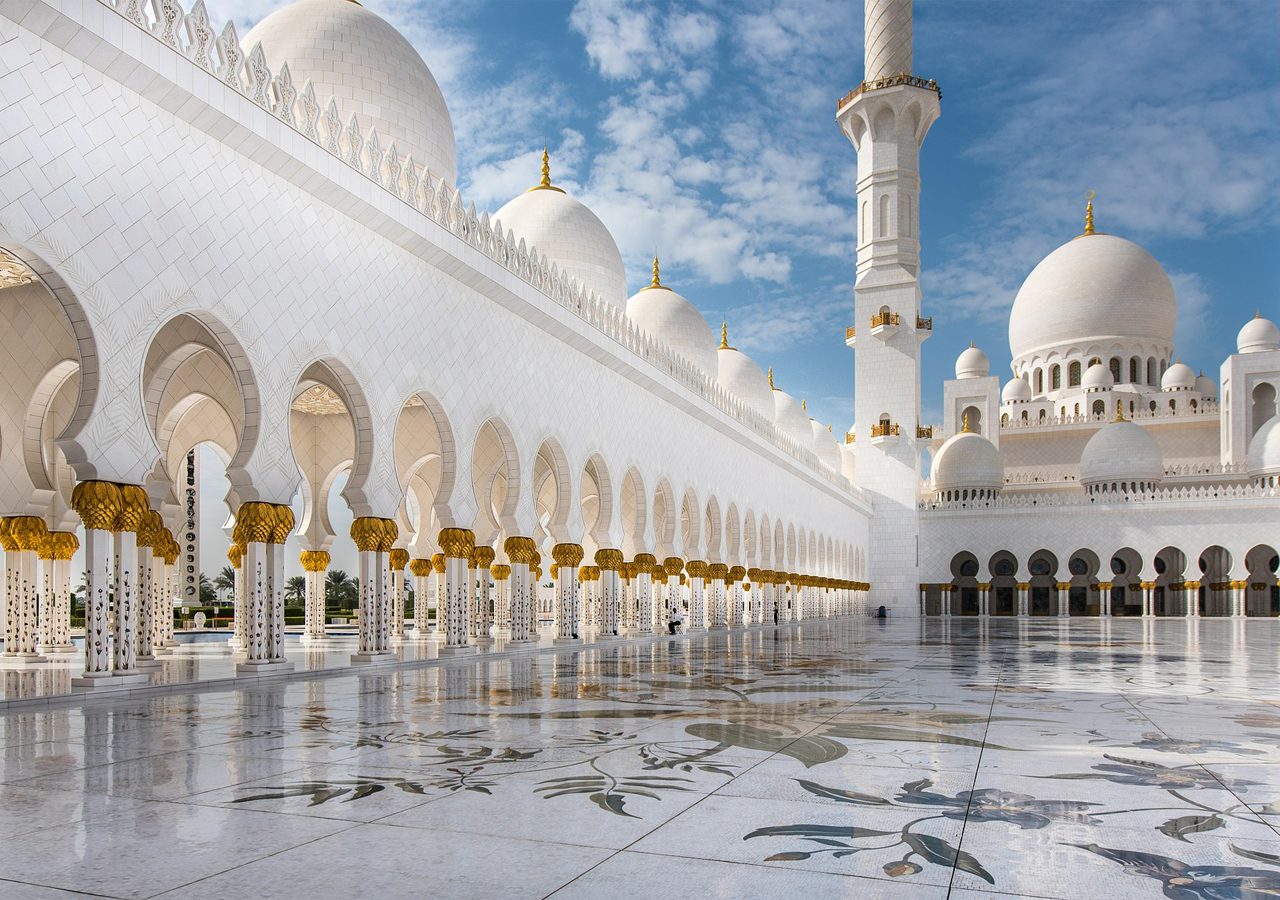kraken onion
페이지 정보
작성자 Davidobels 작성일24-11-09 16:35 조회6회 댓글0건관련링크
본문
Where did Yemeni coffee shops come from?
Кракен тор
In the Middle East, coffee isn’t a grab-and-go drink used to wake up with, but a social exchange. While coffee beans originated in Ethiopia, the earliest evidence of cultivation appeared in Yemen through trading across the Red Sea.
https://kraken2trfqodidvlh4aa337cpzfrhdlfldhve5nf7njhumwr7insta.cc
кракен ссылка
The practice followed into the early 20th century and across the world, when the first wave of Middle Eastern immigrants came to Detroit to work in the auto industry or shipping yards, Howell said. Most immigrants were men who migrated alone, so one of the first institutions they created were coffee houses where they would gather to socialize, share news about their home country, and even write letters back home. Many of the initial mosques in the area were originally established in the backs of the coffee houses.
Yemeni men working in shipping on the Great Lakes “would work for months at a time and then have a few weeks off and then work again,” leaving them unable to visit their families back in Yemen, Howell said. “The coffee houses in the Detroit area were a really important institution.”
“Our mission is to bring everyone in one place and share history,” Ibrahim Alhasbani, founder of the first contemporary Yemeni coffee chain Qahwah House, told CNN. “That’s why we serve the coffee in a pot. People come inside the store and they share one pot and they can talk and they share different stories.”
A new chapter for Yemeni coffee
Contemporary chains are designed by a new demographic — the descendants of these immigrants who are bringing Yemeni coffee culture to the American mainstream.
The very first Qahwah Houses in Dearborn were airy and upscale, a familiar setting to patrons of established coffee chains. But they also brought with them Yemeni culture, with coffee beans imported from local farmers, artifacts from the region and the founder’s family tree on the wall.

















